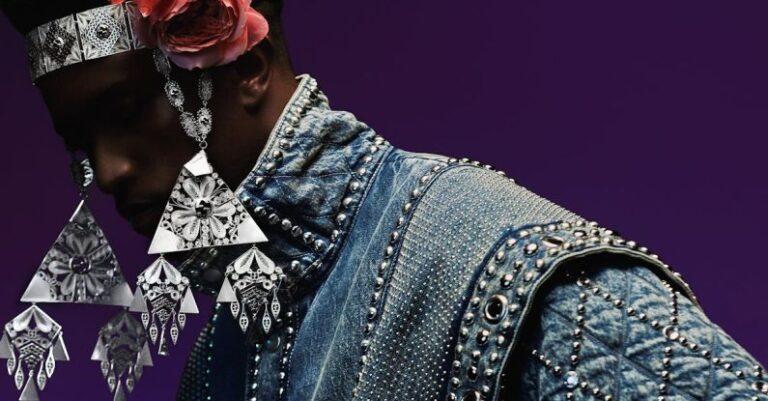
The Intersection of Technology and Fashion Design
In the ever-evolving landscape of fashion design, technology has emerged as a powerful force reshaping the industry. From innovative materials to advanced production techniques, the influence of technology on fashion is undeniable. This article delves into how technology is revolutionizing the world of fashion design, ushering in a new era of creativity and sustainability.
Enhanced Creativity through Digital Tools
One of the most significant ways technology is influencing fashion design is through the use of digital tools. Designers now have access to a wide range of software and programs that enable them to bring their creative visions to life in ways that were previously unimaginable. Computer-aided design (CAD) software allows designers to sketch, render, and visualize their ideas with precision and speed, ultimately streamlining the design process. Virtual reality (VR) and augmented reality (AR) technology have also become valuable tools for designers, allowing them to create immersive experiences and explore new design concepts in a virtual space.
The Rise of Sustainable Fashion
Technology has played a crucial role in driving the shift towards sustainability in the fashion industry. With growing concerns about the environmental impact of fast fashion, designers are turning to innovative technologies to create more sustainable and eco-friendly products. From 3D printing to recycled materials, advancements in technology have paved the way for new approaches to sustainable fashion design. Designers are now able to experiment with cutting-edge materials and production methods that minimize waste and reduce the industry’s carbon footprint.
Smart Fabrics and Wearable Technology
Another exciting development in the intersection of technology and fashion design is the emergence of smart fabrics and wearable technology. Designers are increasingly incorporating electronic components, sensors, and connectivity features into their garments, blurring the lines between fashion and technology. Smart textiles can do everything from monitoring the wearer’s vital signs to changing color in response to environmental stimuli. These advancements not only enhance the functionality of clothing but also open up new possibilities for self-expression and personalization in fashion design.
Digital Fashion Shows and Online Retail
In recent years, technology has transformed the way fashion shows are presented and how consumers engage with fashion brands. The rise of digital fashion shows and online retail platforms has democratized the industry, making high fashion more accessible to a global audience. Designers now have the opportunity to showcase their collections virtually, reaching a wider audience and engaging with customers in new and innovative ways. Online retail platforms have also revolutionized the shopping experience, offering personalized recommendations, virtual try-on capabilities, and seamless purchasing options that cater to the needs of modern consumers.
Challenges and Opportunities
While technology has brought about numerous benefits to the world of fashion design, it also presents its own set of challenges. Designers must navigate issues such as data privacy, intellectual property rights, and ethical considerations when incorporating technology into their designs. Additionally, the rapid pace of technological advancement means that designers must constantly adapt and learn new skills to stay ahead of the curve. However, these challenges also present opportunities for designers to push the boundaries of traditional fashion design and explore new frontiers in creativity and innovation.
Embracing the Future of Fashion Design
As technology continues to revolutionize the fashion industry, designers are faced with an ever-expanding toolkit of digital resources and possibilities. By embracing new technologies and exploring innovative approaches to design, fashion designers have the opportunity to push the boundaries of creativity, sustainability, and inclusivity in the industry. The future of fashion design is undoubtedly intertwined with technology, and those who embrace this intersection are poised to shape the industry in exciting and transformative ways.





